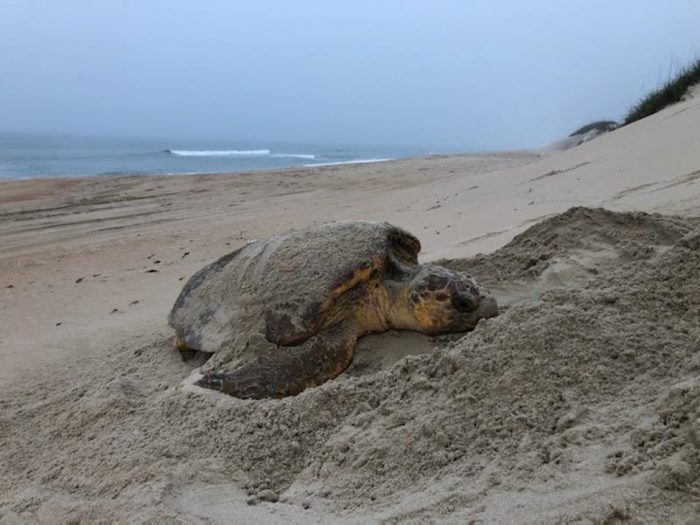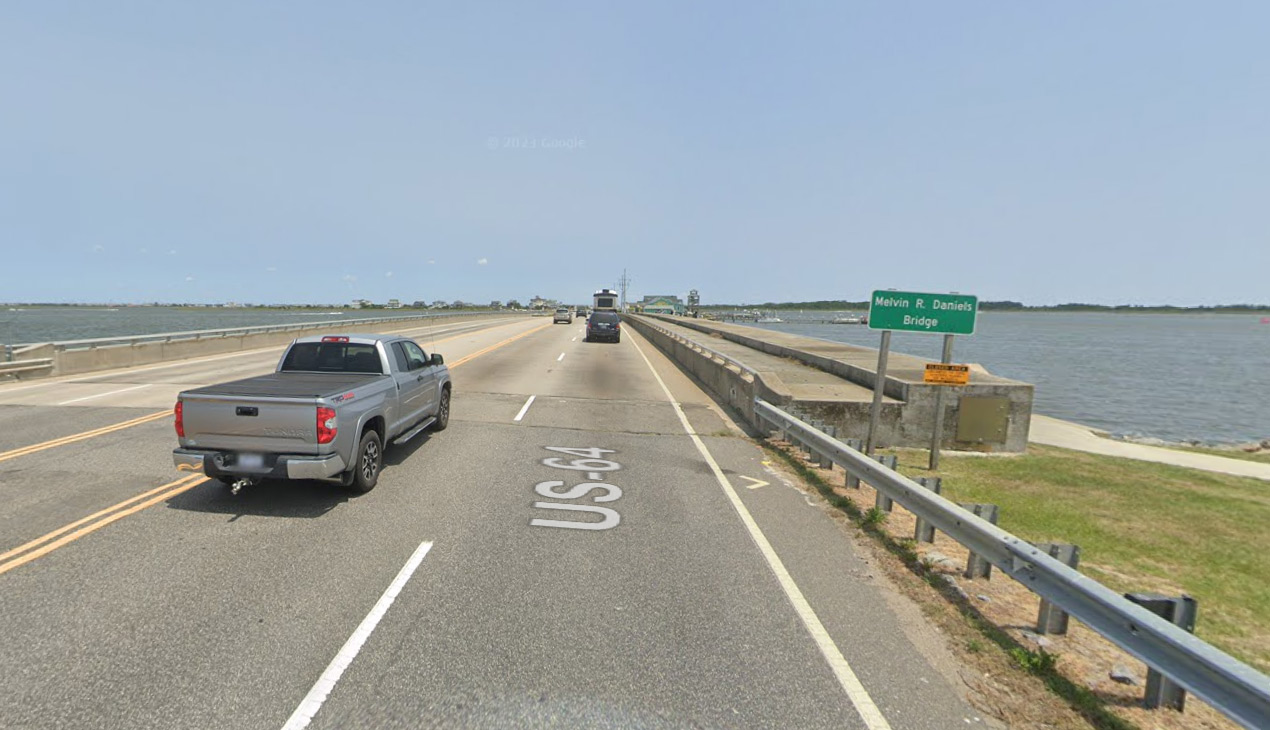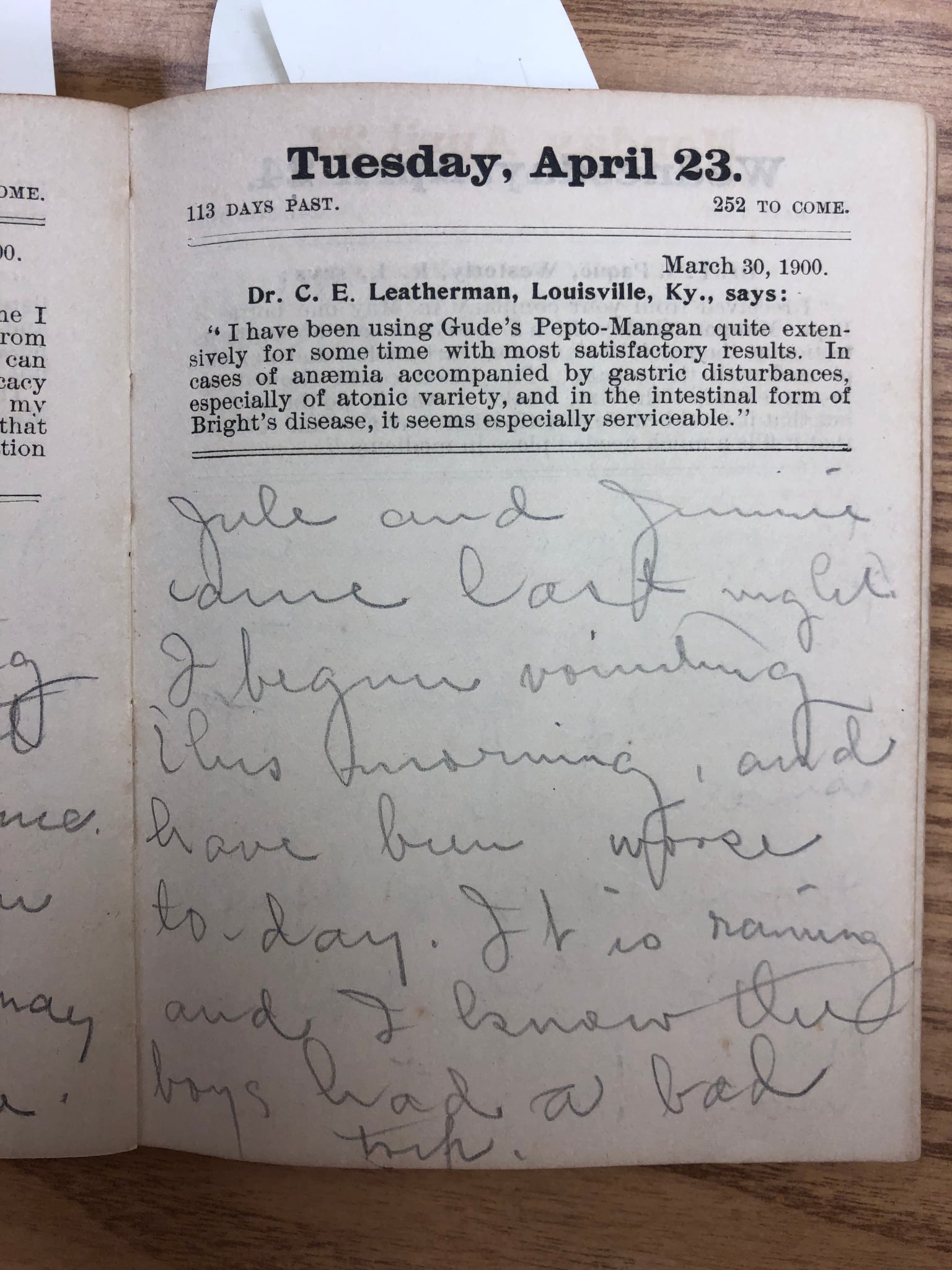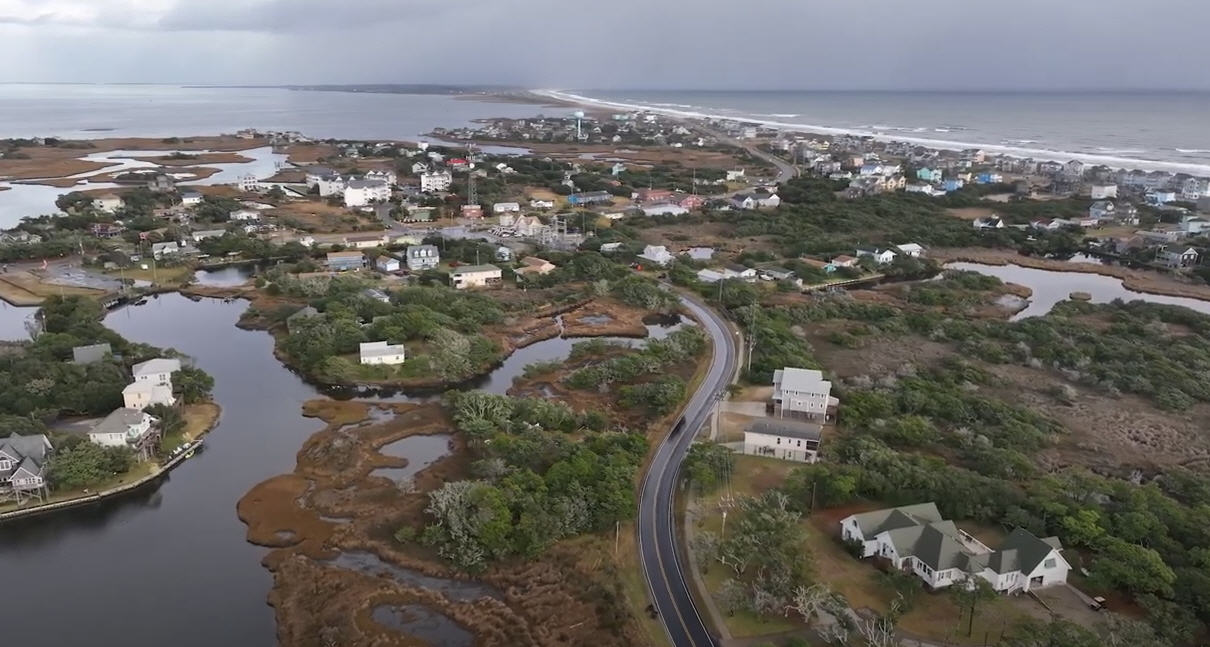Public comments sought for Sea Turtle Conservation Plan

The N.C. Wildlife Resources Commission is seeking public comments on its Sea Turtle Conservation Plan through May 24.
The plan will guide the agency’s efforts to maintain and increase populations of five species of sea turtles that nest on North Carolina beaches, primarily from May to August, and are declining in the state. All five species are federally and state-listed as either endangered or threatened and need additional assistance to persist and thrive. They are:
- Loggerhead (threatened) – the most common sea turtle species nesting along North Carolina’s beaches; juveniles and subadults frequent deep and shallow waters in the state, typically between April and October, searching for food.
- Leatherback (endangered) – the largest turtle species in the world, growing up to 8 feet in length and weighing up to 2,000 pounds; an infrequent nester in the state, with 0-8 nests in any given year.
- Green (threatened) – juveniles are the most common age class found in North Carolina; an occasional nester on North Carolina beaches.
- Hawksbill (endangered) – the least common sea turtle species to frequent the state’s beaches, with only two nests confirmed in North Carolina.
- Kemp’s ridley (endangered) – a small turtle with adults reaching 2 to 2 ½ feet in length and weighing between 80-100 pounds; nest nearly every year in the state but in numbers less than 25 per year.
The plan presents biological information, causes of decline, conservation goals and potential conservation actions for each sea turtle species.
View the plan and submit comments online.
After collecting and considering all public comments, Commission staff will present the draft plan to the Wildlife Commissioners for their approval at their June 6 business meeting. Once the plan is approved, the Commission and partners will use them as blueprints for conservation of these five species.






















